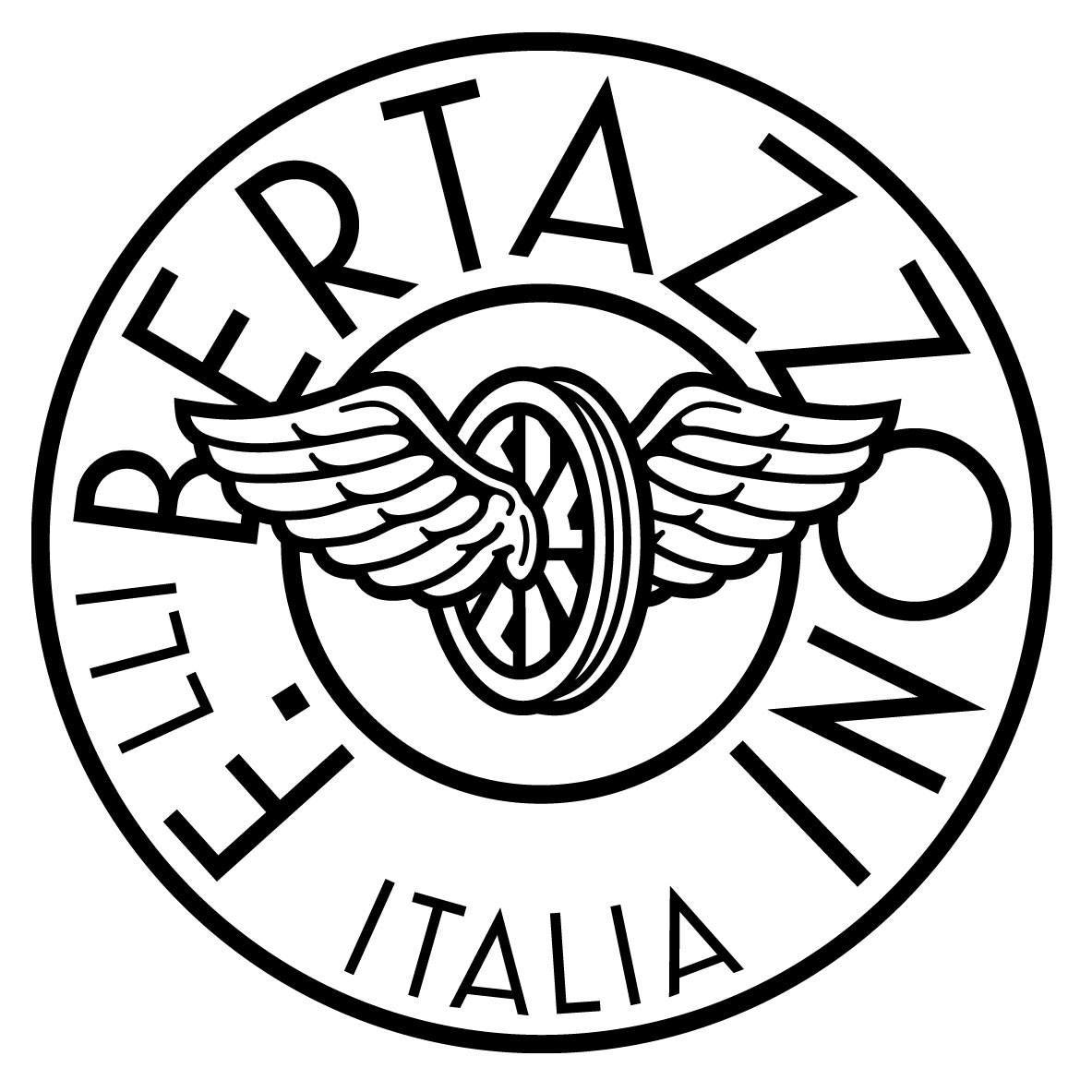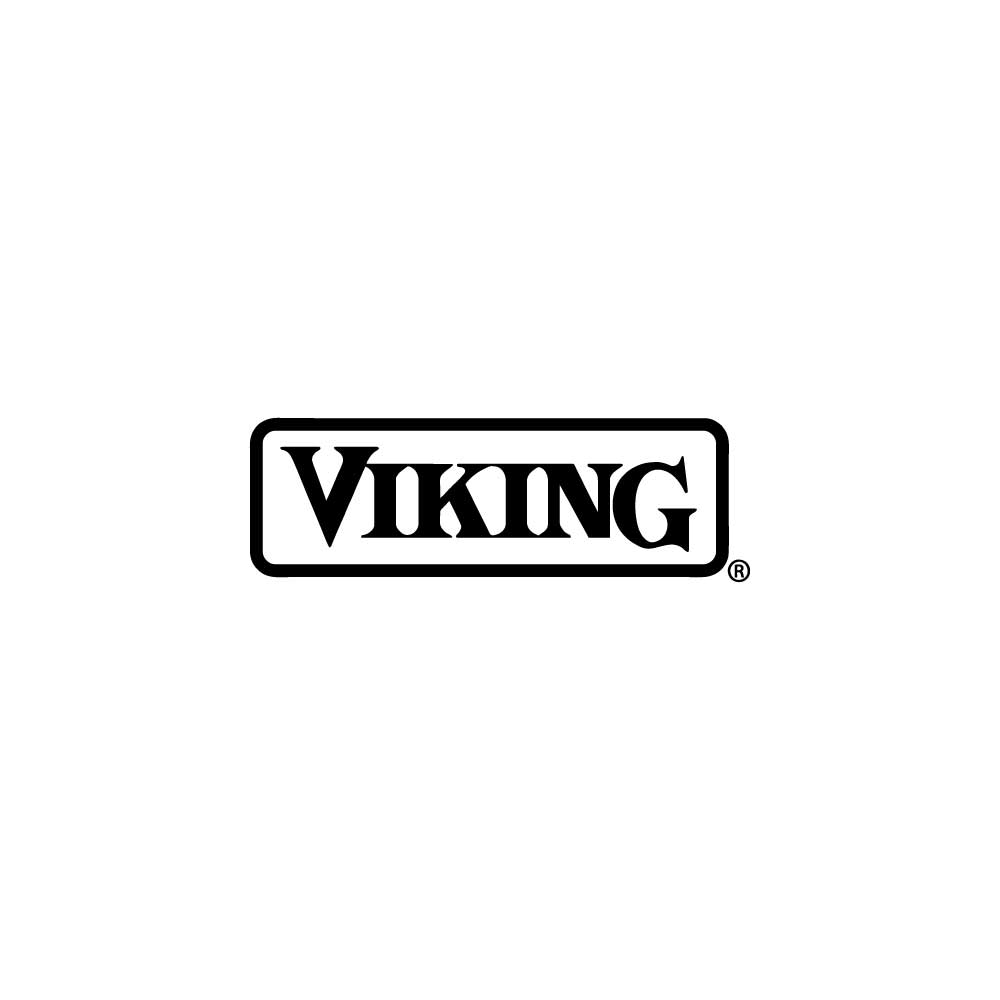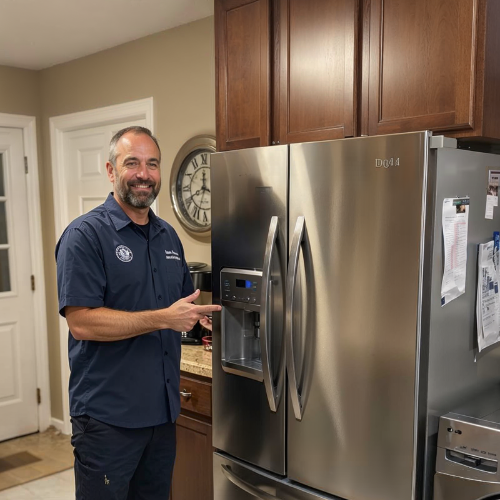Fisher & Paykel Microwave Repair
Volt & Vector Appliance Repair
23 Google reviews
Delivering premium Fisher & Paykel Microwave service with advanced diagnostics across Brooklyn and Manhattan, including a $99 diagnostic fee (credited to repair) and a 180-day warranty.
Local techs
+1 (332) 333-1709
.avif)

Experiencing issues with your Fisher & Paykel Microwave? Our $99 diagnostic fee ensures quick solutions.
Fisher & Paykel Microwaves are sophisticated appliances that can face cascading failures, resulting in significant energy waste and disruption to your daily routine, especially in the space-constrained environments of Brooklyn and Manhattan. Repair delays can further impact your lifestyle amidst NYC's bustling pace. Understanding these nuances is critical when dealing with microwave failures.
At Volt & Vector, we employ advanced diagnostic methodologies tailored for your appliance. Our procedures include precise multimeter testing, control board signal tracing, and sealed system pressure analysis. We navigate borough-specific challenges to ensure timely and efficient service delivery, minimizing the disruption to your daily life.
Experience premium service with our $99 diagnostic fee (credited to repair) and a 180-day warranty on all work. Our same-day availability and guarantee of OEM parts ensure that your Fisher & Paykel Microwave will be restored to optimal performance without delay.
Understanding Fisher & Paykel Error Codes
Code F01: The microwave is in demonstration mode, which allows it to display features without heating food.
Possible Causes:
- The microwave has been recently installed and is still in demo mode.
- A button was inadvertently pressed, activating demonstration mode.
- Power interruption caused the microwave to reset to demo mode.
User Actions:
- Set the timer to zero to exit demonstration mode.
- Refer to the user manual for instructions on how to disable demo mode.
- Unplug the microwave for a few minutes and then plug it back in to reset.
Code F02: The microwave is currently in demonstration mode, similar to F01.
Possible Causes:
- The appliance has been switched to demo mode during setup.
- A previous user left the microwave in demonstration mode.
- Electrical issues have caused a reset to demonstration settings.
User Actions:
- Set the timer to zero to exit demonstration mode.
- Check the user manual for steps to turn off demo mode.
- Reset the appliance by unplugging it and then plugging it back in.
Code F05: The microwave is in demonstration mode, requiring adjustments to function properly.
Possible Causes:
- The microwave is brand new and has not been set up correctly.
- The demonstration mode was activated accidentally by pressing certain buttons.
- Power cycling may have reset the settings to demonstration mode.
User Actions:
- Adjust the time setting to '0' to exit the demo mode.
- Follow the user manual instructions to deactivate the demonstration mode.
- Unplug the microwave for a short time to attempt a reset.
Technical FAQs & Diagnostic Insights
Q: Why is my Fisher & Paykel Microwave showing F01 code?
A: The F01 code indicates that the microwave is in demonstration mode, which prevents it from heating. This can occur if the appliance was recently installed or a button was inadvertently pressed.
Q: What should I do if my microwave isn’t heating but has power?
A: This could typically relate to the 'Not Heating' issue, often associated with component failures such as the magnetron or failure in the control board.
Q: What does F02 mean on my microwave's display?
A: The F02 code also signals that the microwave is in demonstration mode, similar to F01, and requires reprogramming or resetting to normal operational mode.
Q: Why is there noise and vibration during operation?
A: Noise and vibration can stem from mechanical issues such as a malfunctioning motor or fan. It's crucial to address these immediately to avoid further damage.
Advanced Pre-Service Checks for Homeowners
Perform breaker load testing to ensure proper current delivery.
Check thermistor resistance readings to identify temperature anomalies.
Assess condenser coils for dust accumulation affecting functionality.
Conduct door seal vacuum tests to confirm operational integrity.
Follow control lock/reset procedures to regain control over the appliance.
Warning: Sealed system repairs, gas-related issues, and high-voltage components require professional intervention. Risks include gas leaks, electrical shock, and further damage to the appliance.
Advanced Pro Maintenance Tips
Power System: High-Voltage Input Capacitors in Fisher & Paykel microwaves can fail due to the variance in NYC's high-rise electrical systems. Regularly test the capacitance values of each capacitor using an LCR meter to ensure they meet OEM specifications, as any deterioration can lead to intermittent power issues.
Noise/Vibration Source: Stirring Motor imbalances are common, especially in tight installations where movement is restricted. Periodically check the motor couplings and fan bearings for wear, and apply high-temperature grease to the shaft to minimize vibration and extend motor life.
Heating Element: Magnetron failures often stem from inadequate airflow or cooling. Ensure that the microwave’s air intake and exhaust are clear of debris or blockages, particularly in pre-war buildings where ductwork can accumulate dust over time. Always disconnect power before accessing internal components to prevent electrical shock.
Control Board Relay issues can cause the microwave to malfunction or not heat appropriately. Conduct a visual inspection of the solder joints on the relay contacts and perform a continuity test to identify weak connections; replace the relay with OEM parts to restore reliable operation.
Expert Cost-Benefit Analysis: Repair or Replace?
When considering repair, age and part failure matrices for Fisher & Paykel Microwaves suggest that components such as compressors and control boards can be economically repaired, especially when labor costs in NYC are factored in. Typically, repair costs can be balanced against replacements, often at 50-70% of the new unit's price depending on the component failure.
Replacement may be warranted if energy efficiency ROI is significant, particularly with newer models. Consider the following:
- Energy efficiency ROI through newer, advanced models.
- Scarcity of discontinued OEM parts impacting repair viability.
- Cumulative repair costs exceeding 70% of replacement price.
- Logistics of delivery and installation for high-rise apartments in Manhattan.
Advanced Pro Maintenance Tips
Power System: High-Voltage Input Capacitors in Fisher & Paykel microwaves can fail due to the variance in NYC's high-rise electrical systems. Regularly test the capacitance values of each capacitor using an LCR meter to ensure they meet OEM specifications, as any deterioration can lead to intermittent power issues.
Noise/Vibration Source: Stirring Motor imbalances are common, especially in tight installations where movement is restricted. Periodically check the motor couplings and fan bearings for wear, and apply high-temperature grease to the shaft to minimize vibration and extend motor life.
Heating Element: Magnetron failures often stem from inadequate airflow or cooling. Ensure that the microwave’s air intake and exhaust are clear of debris or blockages, particularly in pre-war buildings where ductwork can accumulate dust over time. Always disconnect power before accessing internal components to prevent electrical shock.
Control Board Relay issues can cause the microwave to malfunction or not heat appropriately. Conduct a visual inspection of the solder joints on the relay contacts and perform a continuity test to identify weak connections; replace the relay with OEM parts to restore reliable operation.
About our company:
Volt & Vector — Professional Appliance Repair Service in New York City
Diagnostic Workflow
- Model & serial verification (rating-plate photo).
- Functional test — run service mode, retrieve stored error codes.
- Electrical measurement — voltage, amperage, resistance under load.
- Mechanical check — motors, valves, belts, pumps, airflow or coolant path.
- Safety validation — water, gas, or vent integrity.
- Estimate issued before repair authorization.
If the client proceeds, the diagnostic credit applies in full. Every visit is logged with readings and photos for warranty traceability.
Parts & Sourcing
Only factory-original OEM components from authorized distributors.
Each part is tracked by model, serial, and invoice ID.
We never use rebuilt electronics or aftermarket substitutes.
Refrigeration and sealed-system work performed by EPA 608-certified technicians.
Warranty & Compliance
- 180 days on both parts and labor.
- Documentation stored in secure cloud system for repeat-visit reference.
- COI and technician ID available for building management.
- All work complies with NYC Electrical & Plumbing Codes §27-740 et seq.
Safety Protocol
If there’s water leakage, cut the supply immediately.
If smoke, odor, or sparks appear — shut the breaker and disconnect.
Technicians arrive with insulated tools, PPE, and isolation testers rated to 1000 V CAT III.
Pre-Visit Checklist for Clients
- Confirm building access / doorman / elevator window.
- Provide brand + model + symptom (photo helps).
- Clear workspace around appliance (2–3 ft).
- If possible, note any error code or behavior pattern.
These steps reduce diagnostic time and ensure correct parts are dispatched.
Service Coverage
Brooklyn: Downtown, Brooklyn Heights, Park Slope, Williamsburg, Greenpoint, Bed-Stuy, Carroll Gardens, Prospect Heights, Flatbush.
Manhattan: FiDi, Battery Park, Tribeca, SoHo, Chelsea, Midtown, UES, UWS, Gramercy, Village.
Text alerts are sent ≈ 30 minutes before arrival.
Data & Documentation
Volt & Vector maintains a private service database linking symptoms, part numbers, and test results across thousands of NYC appliances.
Why Clients Choose Volt & Vector
- Local operation: no subcontract chains.
- Direct communication: text / email / call — no call-center delays.
- Technical credibility: trained on Bosch Benchmark, Miele W1/T1, Sub-Zero sealed-system platforms.
- COI & property compliance: trusted by NYC building management.
- Fast logistics: inventory and supplier network inside the five boroughs.
Commitment to Repair Ethics
Every successful repair extends appliance life, lowers energy waste, and avoids landfill scrap.
All replaced components are recycled through certified NYC facilities.
“Repair First” is our environmental and professional baseline.
Schedule Service
- Text or call (332) 333-1709.
- Send appliance info + photos.
- Receive ETA and firm estimate.
- Technician arrives within your chosen window, completes service, provides digital invoice and warranty.
Volt & Vector — Built for NYC by Real Techs
Professional diagnostics, OEM components, documented results.
Transparent pricing. Zero guessing. Guaranteed repair.
Primary Services
See the full catalog of our services—organized by brand and by appliance—right here.



































.svg.png)








.png)
.png)




.png)
.png)
